Narayan Lal Gurjar is a young innovator from rural Rajasthan whose work has global impact.
Indian government is making all the right noises about adopting millets. In the International Year of Millets, we look India’s challenges and policies needed to make this transition.
 Aarthi Ramachandran
Aarthi Ramachandran 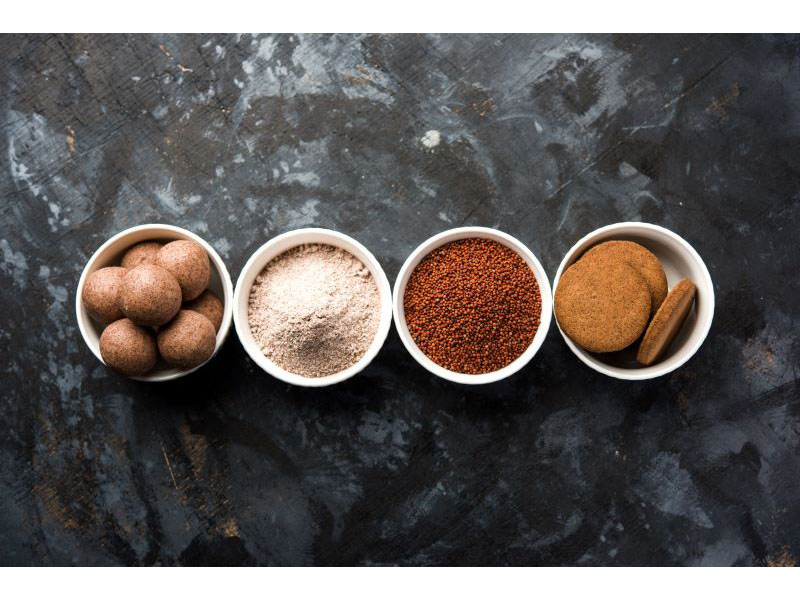
Millets are easy to miss. In the endless e-commerce aisles, or indeed your diet. But these tiny grains—the word ‘millet’ conjures up the image of a miniature version of something like ‘islet’ or ‘droplet’—were once big, very big in India, much of Asia and Africa.
In fact, they were the first grains to have been domesticated, or in other words, cultivated at a large scale for human consumption, predating rice, wheat and corn, the three biggest cereal crops of the world today. But the Europeans, who colonised these lands, were brought up on a wheat-based diet. They failed to make sense of the small-sized staple grains the natives ate. They called them “small grains”. A grainlet when milled. The millet!
The name stuck. Millets were India’s staple going as far back as the Indus Valley Civilization in 3000 BC. But thanks to the colonial hangover, they were, until recently officially called “small” or “minor” grains.
Today, unless you are a food activist attending organic food fests, are diabetic, or suffer from assorted lifestyle diseases, it’s unlikely you’ll encounter the brown, yellow, red, tan, or sometimes just polished white small grains like ragi (finger millet), jowar (sorghum) and bajra (pearl millet). Of course, there’s plenty of social media buzz as the United Nations (UN) has declared 2023 the ‘International Year of Millets’ (IYOM) thanks to a push sponsored by India.
WTH are millets?
The reason UN is championing millets is because they truly fit the label ‘smart foods’. The global campaign for them is built around the theme that they are good for you, the planet, and the farmer.
Millets are a group of hardy, small-grained cereals that can adapt well to hostile conditions. They don’t mind hot, dry regions with low rainfall or poor quality soil unlike rice and wheat. Ragi for instance is so adaptable that it can grow prolifically in the high Himalayan terrain of Pithoragarh and Uttarkashi in Uttarakhand, the arid regions of Gujarat and the rocky and dry rainfed deccan plateau. Ragi’s resilience is such that it can grow in rocky regions with as little as an inch of topsoil, and needs an annual rainfall of barely 450 mm compared to 1200-2000 mm for rice. Millets are also the lifeline of small and marginal farmers in rainfed areas without access to irrigation or abundant groundwater.
India, historically, has had a long tradition of millet consumption. A kanji or porridge made of ragi, a pinkish-brown grain the size of mustard, was once the first weaning food for kids and the meal that even those on the death bed were given because it is easy on the digestive system. Ragi balls, called mudde, accompanied by a runny meat or vegetable gravy remain a rural south Karnataka staple. Rotis or versions of it like bhakri made of millets such as jowar, bajra and ragi are not uncommon in India’s small towns and villages.
The powergrain
In terms of health and nutrition millets pack a punch. They are miles ahead of rice and wheat in their protein, fiber, mineral and micro-nutrient content. Ragi has 30 times more calcium than rice; bajra, three times more iron than wheat and four times more dietary fibre than rice; and jowar about one-and-a-half times more protein than rice.
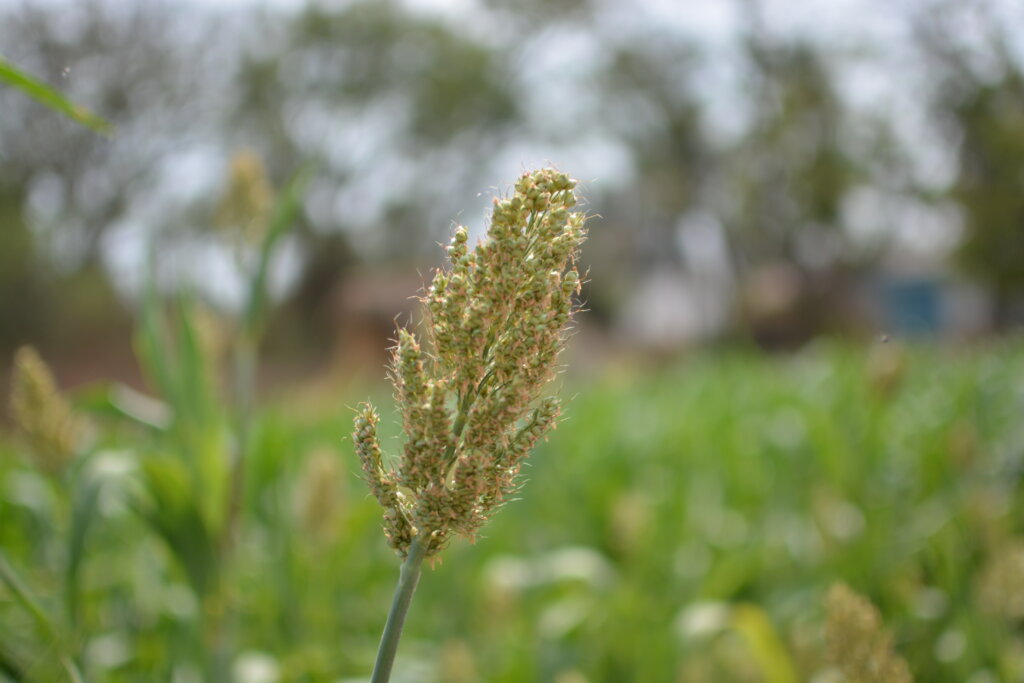
A 2017 report on the nutritional and health benefits of millets by the Indian Institute of Millets Research (IIMR) found that millets help in combating cardiovascular and lifestyle diseases such as obesity and diabetes, lower the risk of cancer and even offer protection against several degenerative diseases such as metabolic syndrome and Parkinson’s disease. They are vital in tackling ‘hidden hunger’ too. It’s the condition where access to food isn’t a problem. but the food is high in carbohydrates (like rice, sugar and potatoes) but low in nutrients.
Given the overwhelming case for millets, India has been making a push for them, mostly through marketing and communication campaigns for a while, with limited success. In the run up to the UN’s programme, India had declared 2018 as ‘National Year of Millets’. Despite all the publicity and Prime Minister Narendra Modi talking about millets on his ‘Man Ki Baat’ radio address, there hasn’t been much change in either the consumption or production of millets.
India produces roughly 18 million tonnes of millets—more than any other country. But to put it in perspective, they are a droplet in our annual grain basket of 315 million tonnes (rice 128 million tonnes, wheat 110 million tonnes, according to the latest government estimates of production).
So is the government doing anything to mark this year beyond publicity campaigns, catchy slogans and special millet lunches for Members of Parliament and visiting foreign dignitaries? Is it possible to achieve a quantum jump in the production and consumption of millets within the country even as it gears up to project itself as a global millets hub and promote the nutritional and ecological benefits of millets to the world?
The answers to these questions lie in understanding millets better, their disappearance from Indian plates and how governments, both at the Centre and in the states, view millets now.
A dramatic fall
As mentioned, the importance of millets historically can be gauged by the fact they find mention through history in several ancient texts as well as songs and folklore. Millets were the quintessential food of the common people.
Their fall began in the colonial period. Between 1870 and 1939, enabled by new canal networks, the area under agriculture in India grew by 60%. “The main gainers from this expansion were the food crops, wheat, rice, and pulses, and the industrial crops, cotton, jute, sugarcane, oilseeds, and groundnuts….By comparison, millets (jowar, bajra, and ragi) did not gain much land,” writes Tirthankar Roy in the book, The Economic History of India.
The use of millets plummeted further after Independence. From the mid-1960s, India embarked on the Green Revolution to attain food self-sufficiency. The dramatic increase in the production of wheat and rice under the Green Revolution came at the cost of other crops such as millets.
We need to work towards a situation where greater awareness brings about a change in people’s perceptions about millets. It would be best if demand drives supply.

With a combination of better yielding varieties of rice and wheat, fertiliser subsidy, irrigation facilities and assured procurement for the public distribution system (PDS), farmers as well as consumers took to rice and wheat— dubbed ‘fine cereals’— in a big way. For farmers, there was greater income security and profitability in growing rice and wheat; consumers preference too shifted wholesale. Rice and wheat were inexpensive, accessible and aspirational foods. They became national staples.
Green’s Revolution’s KO punch
Millets today continue to be viewed as the food of the poor and those engaged in hard physical labour. Moreover, there is a taste bias against millets. The neutral taste and easy texture of rice and wheat compared to the nutty flavour and coarser feel of millets has accelerated the shift towards the former. Until 1961, Indians consumed an average of 33 kg of millets. In less than five decades it was down to a mere 4 kg.
With falling demand, farmers continued their switch to more remunerative crops. In 1965, at the beginning of the Green Revolution, millets were grown in 37 million hectares. Today it is down by almost 60% at barely 15 million hectares. The Story of Millets, a publication brought out by the Karnataka Agriculture Department and IIMR in 2018, notes that dryland farmers previously growing millets now preferred soyabean, cotton and maize, more profitable and in demand. Only in Rajasthan, a bajra-growing state, which has the highest area under millet cultivation, acreage has remained steady due to the climatic limitations of making a switch.
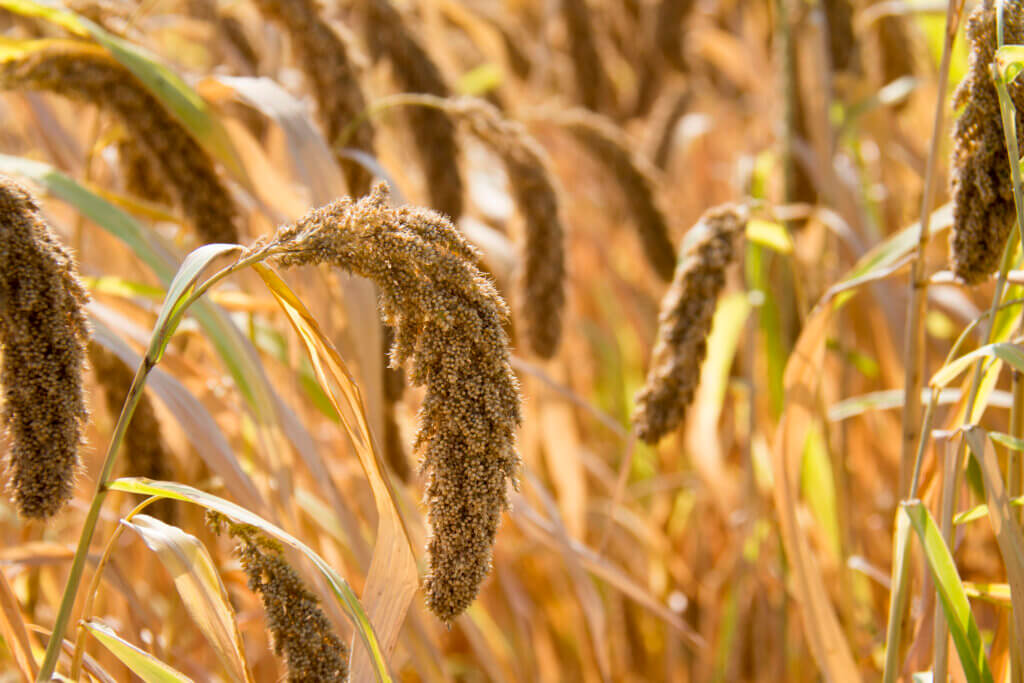
The one positive in all of this is that while acreage of millets has gone down, productivity has increased by a stunning 288% between 1950-55 and 2015-2020, indicating that there has been adoption of higher yielding varieties and hybrids. The total quantity of millets grown in India through this period has, however, continued to hover between 15-18 million tonnes.
The road back
With India championing the cause of millets globally, is there any likelihood of this situation changing? The Central government is making all the right noises—a positive sign given the neglect of millets in the last five decades—yet it has done little to promote more millet growing by farmers.
For example, in a written Lok Sabha reply on December 21, 2022, the Central government reiterated that it planned to increase the production of millets in the country under the National Food Security Mission (NFSM). Then, at a pre-launch IYOM event in New Delhi, agriculture minister Narendra Singh Tomar spoke of the need to ‘diversify the food basket’ under the PDS to include millets for improved nutrition of children and women. Yet, Budget 2023 made no additional allocations for millets despite the spotlight that IYOM has brought. In her Budget speech, Finance minister Nirmala Sitharaman went as far as coming up with a special name for millets, calling them ‘Shree Anna’ or divine grains, but no further.
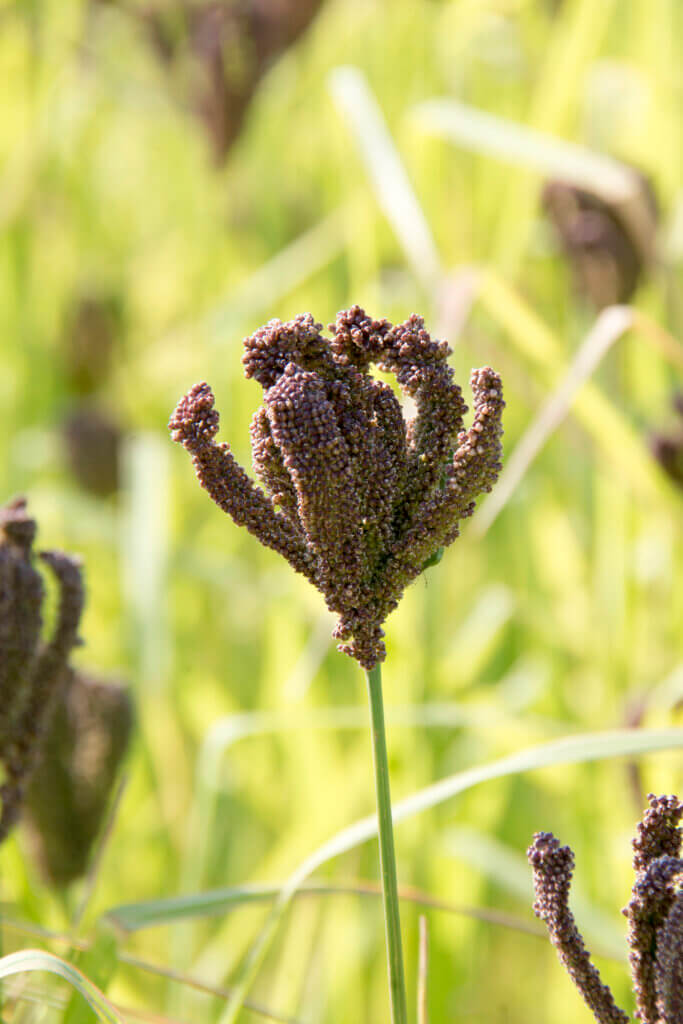
This is not the first time that millets have been rebranded. The government had renamed them as ‘nutri cereals’ in 2018 – moving them up from the category of ‘coarse grains’ – and also created a ‘sub-mission’ for them under the NFSM. As part of this scheme, growing millets is now encouraged in 212 districts in 14 states. Also, under the National Food Security Act of 2013 families are provided rice, wheat and coarse grains (including millets) at Rs 3, Rs 2 and Re 1 per kg respectively. Although these moves are well intentioned, the procurement and distribution of millets through this scheme has remained tardy. Similarly, while there have been significant hikes in the Minimum Support Price (MSP) for major millets, jowar, bajra and ragi, experts say it means little in the absence of assured procurement of the grains.
Can we invest 25% of what we invested on research in rice and wheat during the Green Revolution on millets in the next ten years?

State governments in comparison have fared somewhat better at promoting millets. Karnataka and Odisha stand out for offering economic incentives to farmers for growing millets as well as for making them avalabile to consumers by bringing them into the PDS. There are also noteworthy efforts by Chhattisgarh (which has revived kodo and little millet cultivation in the tribal-dominated Dindori district) and Uttarakhand which has decided to introduce millets into the PDS.
Odisha has, in fact, been the biggest success story in millet cultivation and adoption. Starting 2017-18, the Odisha Millets Mission (OMM) has managed to scale up operations from 7 districts covering 30 blocks to 19 districts and 143 blocks. By 2024, the programme is slated to cover 177 blocks in 30 districts. Not only has it assured procurement of ragi for its PDS, but has also been able to take millets to pre-school children by introducing ragi or mandua ladoos to them in two districts. Odisha’s procurement of ragi shot up from nearly 1,800 tonnes (18,000 quintals) in 2019-20 to about 32,300 tonnes (3.23 lakh quintals) in 2021-22. What makes the programme unique is its focus on promoting the daily consumption of millets at a household level.
Farmer friendly
The Odisha model may have lessons to offer India in terms of both addressing the production as well as consumption ends of the effort to bring millets back. According to Sabyasachi Das, National Co-ordinator of Revitalising Rainfed Agriculture Network and Director WASSAN, which designed the OMM, the programme works along four important parameters: production and productivity, local consumption, processing and value addition. “In OMM, the inclusion of millets in the PDS was part of the design,” he says, emphasising the need for India’s initiatives around IYOM to generate the “right kind of conversations” around the nutritional aspect of millet as a priority. “We need to speak not just about millet cookies and cakes, but how can Indians have two millet meals a week,” he says.
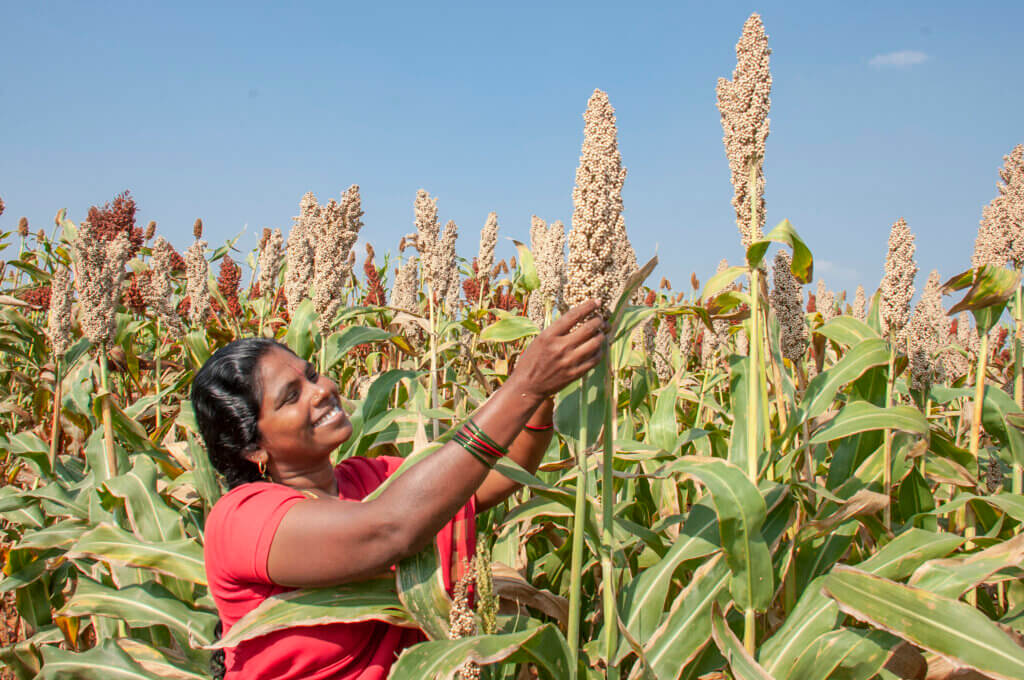
Policymakers too believe it is time for India to transition from “food security” to the more meaningful paradigm of “nutritional security”. “We need to ask whether there is a good rationale to move beyond ‘food security’ [which has worked well for us]. Millets fit both the consumption as well as production criteria in this transition to nutritional security and sustainable agriculture,” says Ashok Dalwai, CEO, National Rainfed Area Authority, who also chairs the Committee on Doubling Farmers’ Income.
According to Dalwai, India needs to draw lessons from the Green Revolution and offer millets the same kind of support that was offered to rice and wheat earlier. “The farmer is an economic animal. He will make an intercrop comparison — of millet with paddy and wheat,” he says, noting that the yield for paddy was about 3.1 tonnes/hectare, whereas it was 1.1 tonnes/hectare for jowar. Assured procurement and integration of millets in the PDS as well as a number of other measures such as increasing yields and improving shelf life would be necessary to make this transition from food to nutritional security. “It needs at least 10 years,” he adds.
According to Arabinda Padhee, Principal Secretary in the Odisha government’s Department of Agriculture and Farmers’ Empowerment, India will need sustained research and consumer awareness campaigns to bring about the change needed for a large-scale adoption of millets. “Can we invest 25% of what we invested on research in rice and wheat during the Green Revolution on millets in the next ten years?” he asks, pointing to the kind of long-term commitment that would be required from both Central and state governments.
It is perhaps in this context that we need to view events such as IYOM which are aimed at generating awareness and bringing about a change of mindsets. “We need to work towards a situation where greater awareness brings about a change in people’s perceptions about millets. It would be best if demand drives supply,” says Dalwai.
Finally, unless consumers are convinced that millets are good for them, and farmers find sustained profitability in growing them, the ‘good-for-planet’ part of the millet sales pitch will remain good on paper only.
Your comparative analysis of Rice and wheat with Ragi, Jowar and Bajra. If only you can extend the similar comparison of Rice and Wheat with minir millets namely
Small or Little millets, Foxtail millets, Kodo millets, Banyard millets abd Brown Top millets, you would really be doing a fantastic contribution. All the concerns you referred in the paper would all the more be meaningful and useful to the mankind for keeping up their health, mother earth for its wellbeing and of course to achieve SDGs as well as Hunger free society